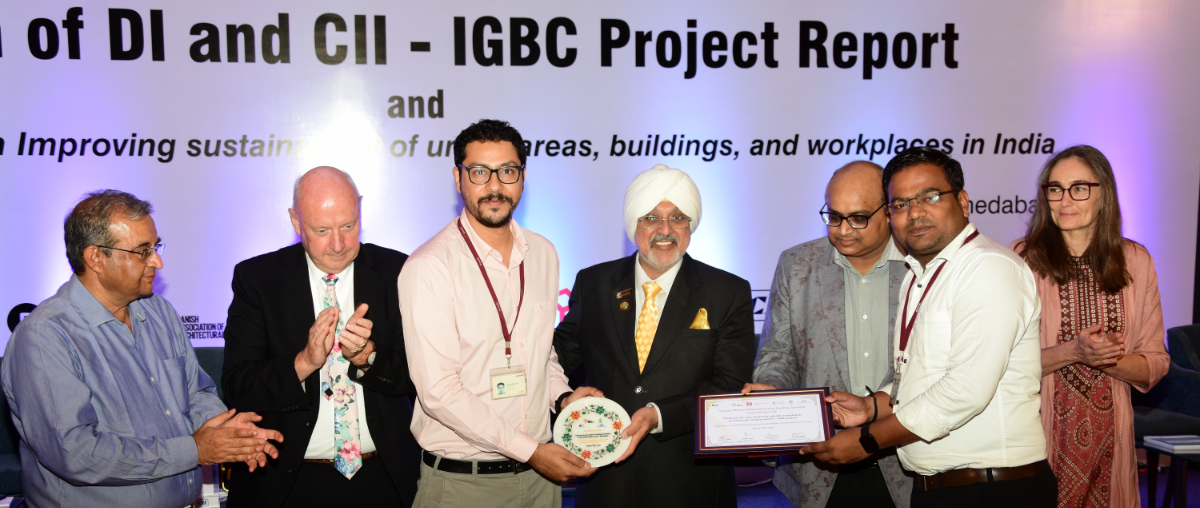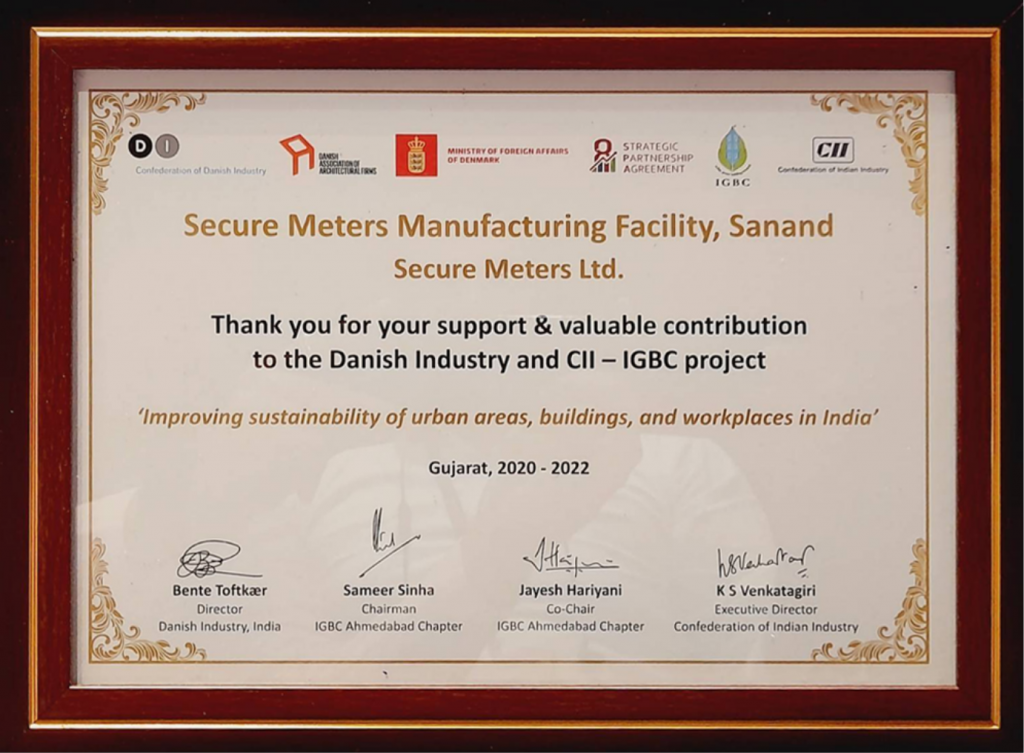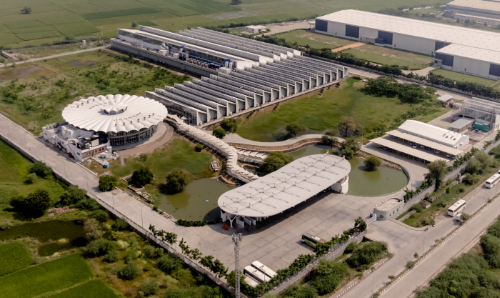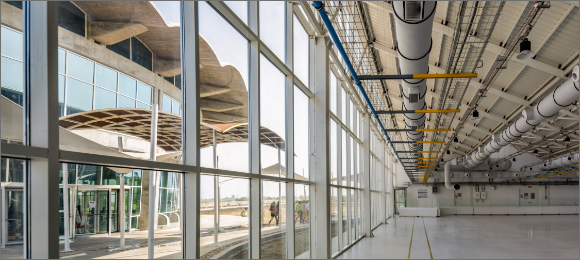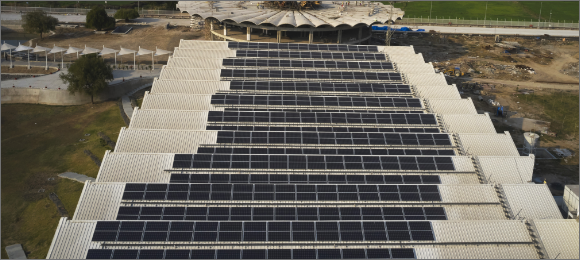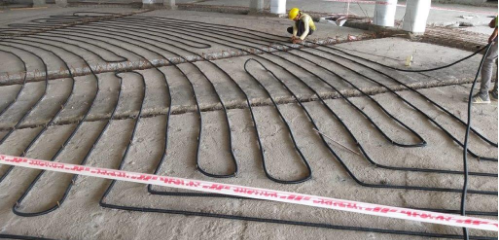As an organisation, we strongly believe in a sustainable approach – reducing energy wastage and creating a positive impact on climate and environment. It was possible only through following green practices. Today, ‘Green Building’ has emerged as the next logical step for India. The necessity of addressing sustainability issues is becoming more and more apparent in this scenario to bring about change, either through the materials and techniques used in each initiative or through social and geographical impacts. The concept of ‘green’ goes beyond plants and trees. It refers to a design that uses energy, water, and other materials in a structured, efficient manner to make a space more livable, interactive, and healthy.
Additionally, a sustainably constructed building can reduce the negative impact on human health and the environment throughout its lifecycle. Combining all these thoughts led to the development of our energy-efficient infrastructure at Sanand, Gujarat. The construction of the building started around December 2016, and the Sanand plant was inaugurated in January 2018. The primary objective of our planning and design was to be cost-effective from an operational cost perspective instead of a capital cost perspective.

